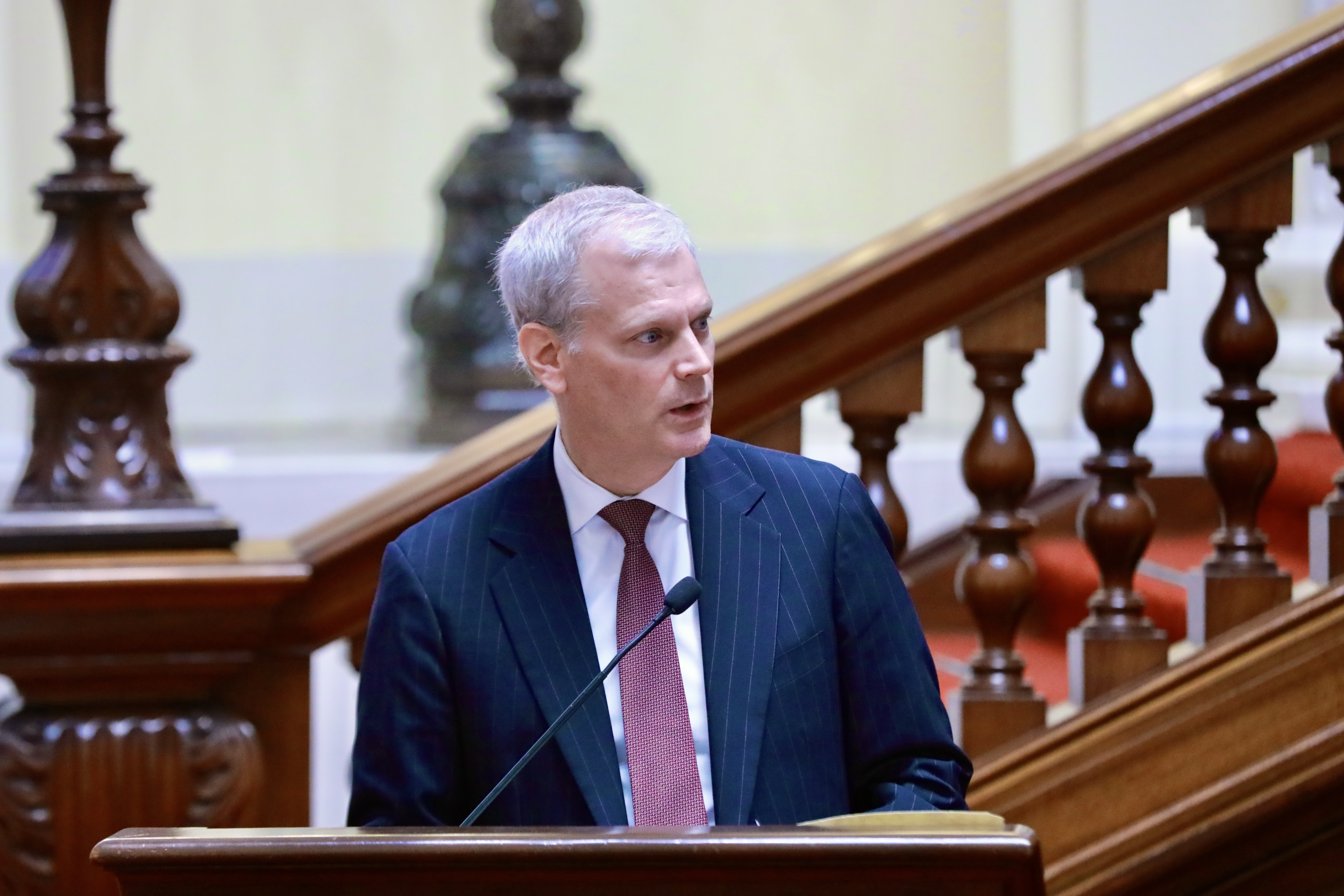Expanding Hemispheric Trade in an Era of Economic Uncertainty
Expanding Hemispheric Trade in an Era of Economic Uncertainty
"Generally unpopular in Washington, trade is now an orphan," write COA’s Eric Farnsworth and Michelle Morton for Poder magazine. “Pending trade agreements manifestly in the U.S. interest are languishing.” Solutions to jump-start the ailing hemispheric economy include conclusion of a trans-Pacific trade agreement.
For years, U.S. efforts on trade have been bashed by the policy and NGO communities for all of their supposed shortcomings. The message has finally sunk in with the public and their representatives. Generally unpopular in Washington, trade is now an orphan. Pending trade agreements manifestly in the U.S. interest are languishing, while others remain unfinished and still others are not pursued at all. Under current circumstances, the most that should be attempted, according to one organization, is for the United States to pass the pending agreements with Colombia and Panama at some point, while, of all things, giving expanded trade preferences to Paraguay.
It may seem like a joke, but the rest of the world is not laughing. In fact, leaders are increasingly alarmed, especially during this period of economic distress. Things have gotten so bad that Brazil’s President Lula, the former labor leader and shop-floor worker, used his meeting with President Obama in March to push hard for progress on the global trade agenda and a conclusion of the WTO Doha negotiations. Lula has also spoken out numerous times urging that markets remain open especially during this period of economic difficulty. The leaders of Canada and Mexico have said much the same thing.
Others, too, are now beginning to suggest that the pendulum has gone way too far, including senior Democrats who recognize the global economic stakes and the risks that the United States runs by turning away from a strong agenda of global trade expansion. Writing in the Washington Post, one former U.S. trade representative, a Democrat, has called on the Obama Administration to pursue a robust trade agenda despite the inherent political difficulties as a way to renew growth and restore U.S. credibility.
Where to begin? In the first instance, the United States should consider aggressive reengagement to conclude the Doha Development Agenda in a manner that supports Western Hemisphere economic and development priorities, for example in agriculture. Nonetheless, in light of the stalled WTO round and the lack of momentum toward reigniting discussions on the Free Trade Area of the Americas, an emerging grouping of pre-existing trade partners called the Trans Pacific Partnership Free Trade Agreement could well become the most promising driver of trade expansion in the hemisphere. Concluding an agreement with this group of nations, including Australia, Brunei, Chile, New Zealand, Peru, Singapore, and Vietnam, would recognize and facilitate the desire of many nations in the Western Hemisphere to link more closely to Asia. Colombia, Panama, and Uruguay could also usefully be included in the discussions.
In 1980, there were 22 trade agreements in force in the Asia-Pacific region. Today, there are 159 agreements, 17 agreements awaiting implementation, 69 agreements currently under negotiation, and 83 agreements in the exploratory stage. The United States currently has agreements with only 15 countries and risks being left behind should it not continue to pursue further trade liberalization with the Asia-Pacific region. Exclusion from Asian integration initiatives would be costly; the Asia-Pacific region accounts for nearly 60 percent of world GDP, half of all global trade, has markets totaling 41 percent of the world’s population, and, at least until recently, was growing faster than the world average with real GDP growth of 7.9 percent for the period 2007-2008.
Importantly, conclusion of a trans-Pacific free trade agreement would also encourage other nations in the Western Hemisphere to come to the table to build a broader trade integration paradigm based on a high-standards, cutting edge, comprehensive approach. This would reward those nations in Latin America that have already taken the difficult political and economic steps to reform by linking them more firmly into the international system, particularly as some in Asia seek to deepen Asian economic ties to the exclusion of parties in Latin America. Further, this approach could provide a significant incentive for other countries in Latin America to move ahead quickly with their own reforms in order to participate in these trade expansion efforts.
Given the current standstill in multilateral negotiations, additional work on trade liberalization within the Asia-Pacific may offer the best path forward for hemispheric trade. Engagement in the TPP would accomplish a number of U.S. objectives, while inaction would entail economic costs to the U.S. economy and strategic costs to our national interests, both in Asia as well as in Latin America. The question is, after years of bashing trade, is it already too late?






